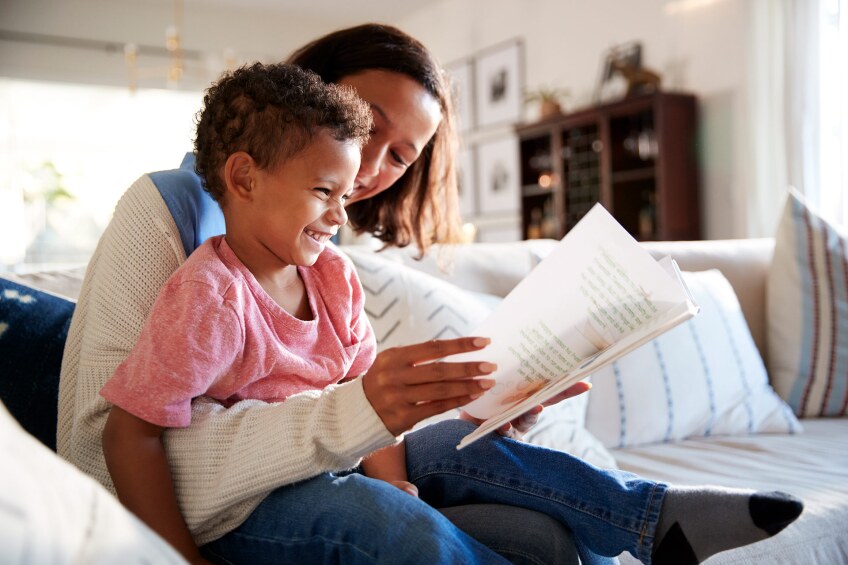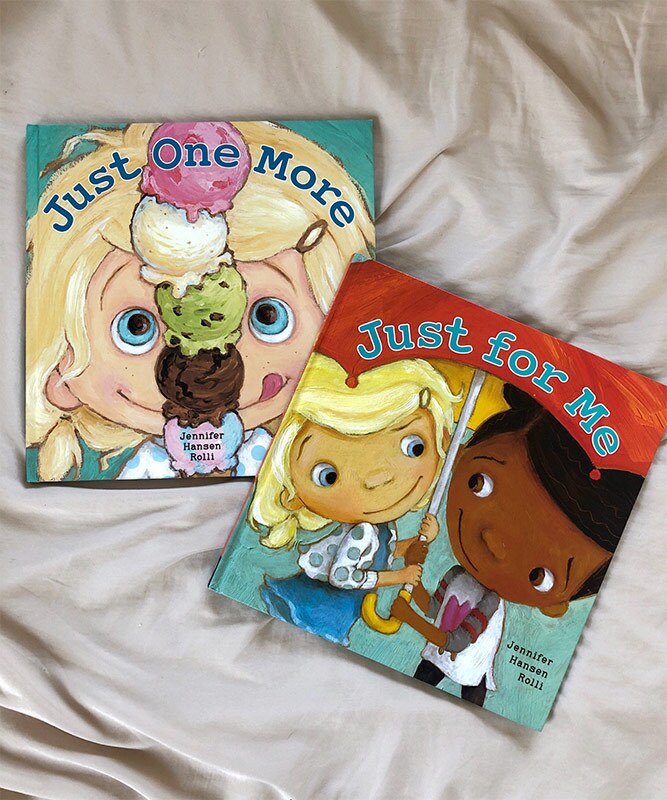Discovering Joy in Books: Tips for Families of Reluctant Readers

Reading was a least preferred activity of mine all through high school and college. My mentality was, “You’re telling me I have to read this thousand-page book by the end of spring break when the ocean and the mountains are calling me? Books, bye.”
There was — and is — pressure associated with reading. It’s also commonly seen as a chore.
Throw children in the mix. The pressure to be not only a book-loving parent but a book-loving family intensifies because studies say if your children are going to be successful academically, they need to read well. If you as a parent don’t like reading and have the idea that your children must be bookworms to get into college, reading can easily become a chore and a bore. It can be easy to give in and think that you are never going to be well-read bibliophiles.
Not so fast.
If there is a desire to give books a second chance and you understand the many benefits of reading, then there is plenty of hope to revive a household of reluctant readers.
A Shift in Your Thinking: Identify the Benefits of Reading Together
How can you shift the mind from viewing reading as something you have to do to something you get to do? Knowing the benefits of reading helps: Both improved academics and social skills are linked to reading. A 2019 study in the Journal of Developmental and Behavioral Pediatrics indicates that children who are read to more frequently are going to be more ready to take on reading when they enter school. There is a positive correlation between vocabulary (or words heard) and reading. So the more books you read together, the more likely the child will turn into a confident reader.
Other benefits include increased communication, cognitive and social skills. According to a 2013 study published in Science, reading literary fiction increases empathy, which improves your children’s and your own relationships and social interactions. Knowing these benefits helps shift your mindset to treating reading together as a gift and not a chore.
A Habit: Schedule Realistic Reading Times
After identifying the benefits of reading together as a family, carve out the time for it.
However, it’s important to cut yourself some slack. Parents are wearing many extra hats right now and sometimes, there’s just no time for a leisurely reading session. Even children are dealing with unforeseen difficulties, including increased online coursework, teaching themselves, accepting parents as substitute teachers, dealing with reduced social interaction with peers and altered or completely absent extracurricular activities.
Habits form through consistent exposure. When it comes to allocating time, at first, aim for a 20-minute reading session three to four times per week. Make an inventory of your family’s schedule throughout the week. Are there 20 available minutes before, during or after lunchtime? Is there time before or after dinner? Do your children become agitated in the afternoon after hours of online learning? Treat 20 minutes of family reading as a mental recess. We retain more information and perform better when we give ourselves cognitive rest mixed in throughout the day.
A Treat: Create the Reading Environment
Now that you have identified the benefits of reading together and have found 20-minute slots to make it happen, you need to consider the reading environment. Do you have a spot in the house where you could create a reading corner? Do you have extra pillows and cushions you could quickly pull off the couch and lay across the floor? Creating a comfortable and special environment makes reading together more appealing and exciting for everyone in the family.
If a child will not pay attention or sit still while you read, letting them engage in a simple, non-distracting activity like a puzzle or playing in a sensory bin can be helpful. They can still hear even if they aren’t looking at every page. Special snacks during this time are another option. It’s all about creating a positive experience for kids around reading because in the end, you’re more likely to want to do more of what you enjoy, right?
A Decision: What to Read
Now that you have everyone cozied up and comfortable, think about what to read. For me, the first thing to take into account when making a book selection is to consider what book you, as the parent, will enjoy reading aloud. If you don't show enthusiasm and joy when sharing the book aloud, then your children won’t be enthused or captivated either. The other thing to consider is books that feature characters or topics that you already know interest your children since we are more prone to participate in what we love.
So what are some go-to books that make for fun reading time together? Here is a list to get your family started.
For children ages 2-5, I recommend Jennifer Hansen Rolli’s picture books “Just One More” and “Just For Me.” Bold and adorable illustrations coupled with repetitive text make this book engaging for young readers. Rolli also chooses themes that are easily relatable for toddlers and parents alike.

I also recommend Brenden Wenzel’s picture books “They All Saw A Cat,” “Hello Hello,” and “A Stone Sat Still.” “They All Saw A Cat” is told from the perspectives of various animals. “Hello Hello” is a bright and captivating celebration of endangered species, while “A Stone Sat Still” is about a stone that has served multiple purposes across the years and has been an important part of animals’ lives.

For children ages 6-8, I recommend Shannon and Dean Hale’s “Princess In Black” series, P. Marin’s “Pig and Chick” series and the beloved “Frog and Toad” series from Arnold Lobel. “Princess In Black” should not be viewed as a series only for the girl reader. All readers enjoy her adventures and the antics of her friend, Goat Avenger, as they humorously fight off goat-eating monsters. The other two series, Marin’s “Pig and Chick” and Lobel’s “Frog and Toad” are charming short stories about unlikely friendships consisting of a stoic and logical character and a carefree and creative character. They are both classics for a reason, and I can guarantee smiles and warmed hearts. Also, it’s worth noting that Marin’s latest Pig and Chick book, “When Pig Flies” has just been released.






There are so many more books to share with your family! Experiment to find out what you and your children are into. For further recommendations, please take advantage of children’s “bookstagram,” a community of parents and professionals providing children’s book reviews and supporting the reading family on Instagram. A few handles I enjoy following include @averyandaugustine, @hereweeread, @childrenslitlove and @jazming007. I also have a handle called @bedtime.stories.forevermore that has become such a fun space for me to highlight the very best in children’s literature and to spark ideas on what to read next.

